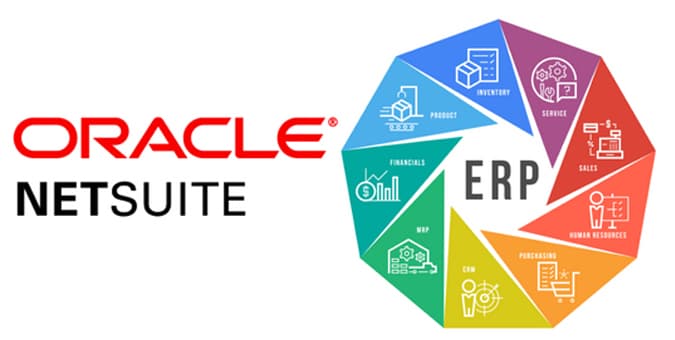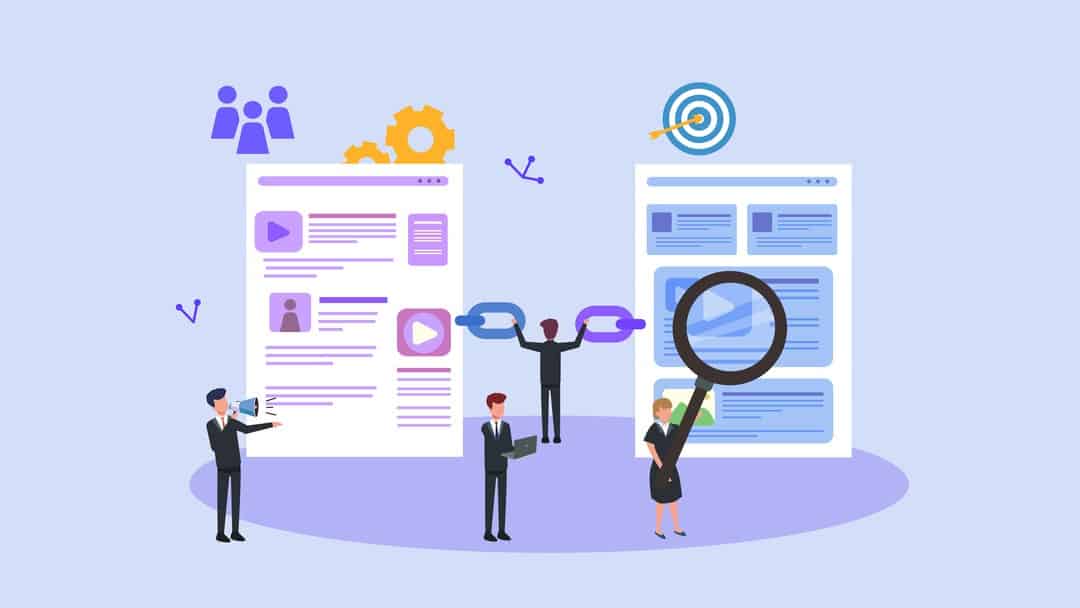There is lots of jargon in the broadband world. If you are facing difficulty to tell your Wifi from wifi and Megabits from your Megabytes then you are the right platform. We have divided these terms into 5 categories, so how you will feel easy to learn.
Types of Broadband
Here are a few types of broadband you should have knowledge about.
- 4G: 4G stands for the fourth generation. It is the fastest way of using the internet on mobile phones. It also offers an alternative way of using broadband =. 4G also called LTE (Long Term Evolution).
- ASDL: The ASDL is delivering faster internet than broadband. You can get the speed up to 24Mbps over the same telephone line.
- Broadband: Broadband is the high-speed internet connection, which allows several people to use the internet at the same time. Broadband is suitable for home use and office use.
- Fibre Optic Broadband: Broadband can deliver on telephonic lines and fiber optic lines. You can get much better speed on the fiber optic lines.
Common Terms in Broadband
Before starting to use broadband, you need to learn these terms:
- Bandwidth: Bandwidth you can say the speed of the internet connection. How many bits are sending per second from one place to another?
- Bit Rate: At what rate the data is transferring from one place to another. The speed of broadband measures in a bit rate.
- Bit and Bytes: Bit is the smallest unit of the memory, and the 8 bits make 1 byte.
- Broadband Only: A broadband internet connection without telephonic services, you can just use the internet.
- Download Limit: The amount of data in bytes you can download each month. The ISP set the download limit.
- Download Speed: The downloading speed of the data. The downloading speed measure in megabytes per second.
- ISP: Internet Service Providers. The company is offering internet facilities.
Broadband Technology and Facilities
In this section, you will learn which facilities you will get on broadband.
- Backbone Network: The backbone networks allow other networks to connect. The fiber optic cables are much better for the backbone network for better transmission.
- Bluetooth: Bluetooth is the oldest technology for sending and receiving the data. The Bluetooth works on short distances using UHF (Ultra High Frequency) radio waves.
- Coaxial Cable: Coaxial Cable is basically by the broadband and TV service providers. It is the fastest way of the internet connection as compared to twisted pairs or typical lines.
- IPTV: IPTV stands for Internet Protocol Television. This is the type of TV service that provides internet connections rather than coaxial cable lines and radio waves.
- MiFi: you can create a personal hotspot from the mobile which is called MiFi
- VoIP: Voice Over Internet Protocol. This protocol allows you to make voice calls over the internet. For using Skype and other voice call applications you need VoIP.
Broadband types of equipment
The following equipment is mostly used in the internet connection. So you should know of these.
- Ethernet: The Ethernet cable allows other devices to connect with the internet. Most desktop computers use the ethernet because wifi is not available in the desktop devices.
- Dongle: It is like a USB device that plugged in the laptop or computer, and gives the 4G internet to mobile phones.
- Landline: It is a telephonic line with the help of you can get access to the internet in your home.
- Modem: Modem allows the computer, laptop, and mobile devices to connect to the internet. Nowadays most devices connect to the internet via wifi. That’s why the routers and modems are operating together in one device.
- Router: This device works like a hub. This device allows the devices to connect to the internet via wifi. Nowadays routers have modems so you can connect the desktop computer with an ethernet cable.
Organizations
The following organizations are dealing with broadband services and providers.
- Ofcom: Ofcom is the communications regular in the UK. Its responsibility to protect the rights of the users in the broadband industry, and restrict the providers to stand on the code of conduct. In case of any violation, the Ofcom fines the providers with a big amount. In simple words, Ofcom has control over broadband service providers.
- ASA: ASA stands for Advertising Standard Authority. It is responsible for keeping an eye on the advertising of broadband in the UK. The ASA always makes big decisions regarding broadband advertising. This organization has the right to ban the provider in case of any violation.
- Openreach: The open reach is responsible for dealing with the broadband infrastructure in the UK. Except for Virgin Media, almost all other broadband providers are using the open reach network. It became a separate company from BT after the pressure of Ofcom, but still, it has shares in BT.






